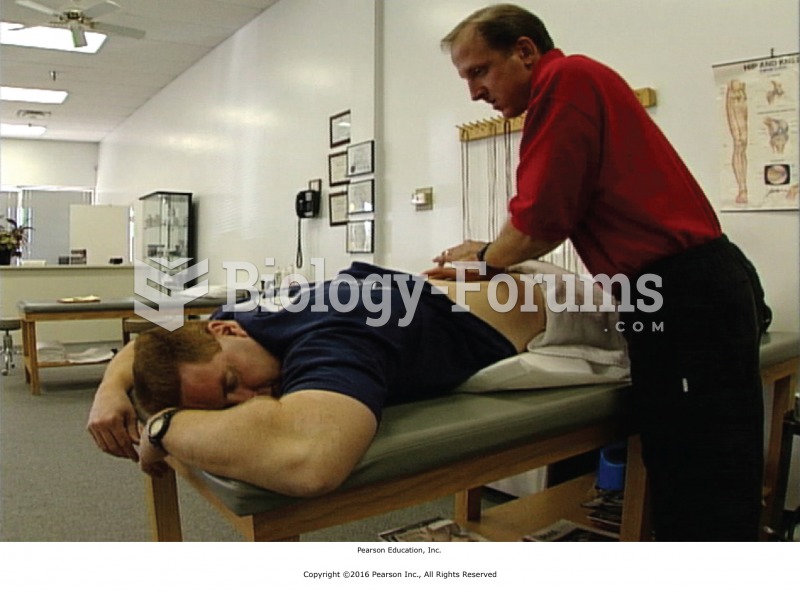Answer to Question 1
B
Orient patient and family to surroundings, introduce to staff, and explain all treatments and procedures. This promotes patient understanding and cooperation. The use of restraints is one safety strategy that can protect patients from injury, but restraints must be used with extreme caution. Physical restraints should be the last resort and should be used only when reasonable alternatives have failed. Isolation may increase anxiety. Encourage family and friends to stay with the patient. Sitters or companions may be used. In some institutions, volunteers can be effective companions. Patient anxiety is reduced and safety is increased when one person provides care and supervision is constant. Constant activity may irritate the patient, yet the lack of activity may create anxiety and/or boredom. Meaningful diversional activities provide distraction, help to reduce boredom, and provide tactile stimulation. Minimize occurrences of wandering.
Answer to Question 2
A
Dangling allows adjustment to orthostatic hypotension, permitting blood pressure to stabilize before ambulating. Have the patient dangle his or her feet for a few minutes before standing, walk slowly, and ask for help if dizzy or weak. The nurse would confer with physical therapy on the feasibility of gait training and muscle-strengthening exercise. Check agency policies regarding side rail use. Side rails are a restraint device if they immobilize or reduce the ability of a patient to move his or her arms, legs, body, or head freely. Keep one side rail up in a two-rail system, and keep three of four rails up (one lower rail down) in a four-rail system, with the bed in low position and wheels locked, when you are not administering patient care. This allows the patient to maneuver and get out of bed safely. Do not assume that the patient requires a walker or a cane. Evaluate the need for assistive devices such as walker, cane, or bedside commode. Assistive devices may provide greater stability and may help the patient to assume a more active role.







